The views expressed in our content reflect individual perspectives and do not represent the authoritative views of the Baha'i Faith.
Try this: invite a diverse group of friends and neighbors to go see the new film Hidden Figures, and discuss it. We did, and it provided an incredible experience.
Both race and gender play predominant roles in this heartwarming, crowd-pleasing film, which teaches us something about the nobility of actualizing one’s aspirations—and being willing to be the first to do so, even when powerful deterring factors are present. Hidden Figures, as its title suggests, divulges a previously unknown story behind an historically important event—the essential but overlooked contributions of African-American women to the American space program.
We assembled an interracial and intergenerational group of ten male and female friends who met at the theatre to see the film. All of us experienced a great collective response from the audience as we watched—applause at several points, including the end, whispered questions from younger people (“was it really like that?”), laughter, and stunned silence. Whether viewers remember the previously known historical incidents the film recounts or not, the discovery of heretofore unknown facts illuminated our discourse in ways that engaged and uplifted all of us, evoking our pride in human potential and cultural evolution.
Hidden Figures reminded us of the repeated admonitions in the Baha’i teachings about the importance of achieving equality related to race and to gender:
It is evident that excellence does not depend upon color. Character is the true criterion of humanity. – Abdu’l-Baha, The Promulgation of Universal Peace, p. 126.
There are no whites and blacks before God … Strive jointly to make extraordinary progress and mix together completely. – Ibid., p. 44.
… woman must prove her capacity and aptitude, must show forth the evidences of equality. – Ibid., p. 283.
The Baha’i principles say that society must create equality for women and men and that racial equality is the most challenging issue in America. Baha’is strive to implement the principles of gender equity and the oneness of humanity all over the world.
In that vein, the film shows the need for working for equality, reveals a clear case of extraordinary progress made because of racial mixing and integration, and reflects the fact that “excellence does not depend upon color” and “the standard of divine measure . . . is his [man’s] intelligence and spirit.” – Ibid., p. 70. It also affirms a strong case for the power and intelligence of women, mirroring the Baha’i principle of equality:
. . . woman must receive the same education as man and all inequality be adjusted. Thus, imbued with the same virtues as man, rising through all the degrees of human attainment, women will become the peers of men, and until this equality is established, true progress and attainment for the human race will not be facilitated. – Ibid., p. 375.
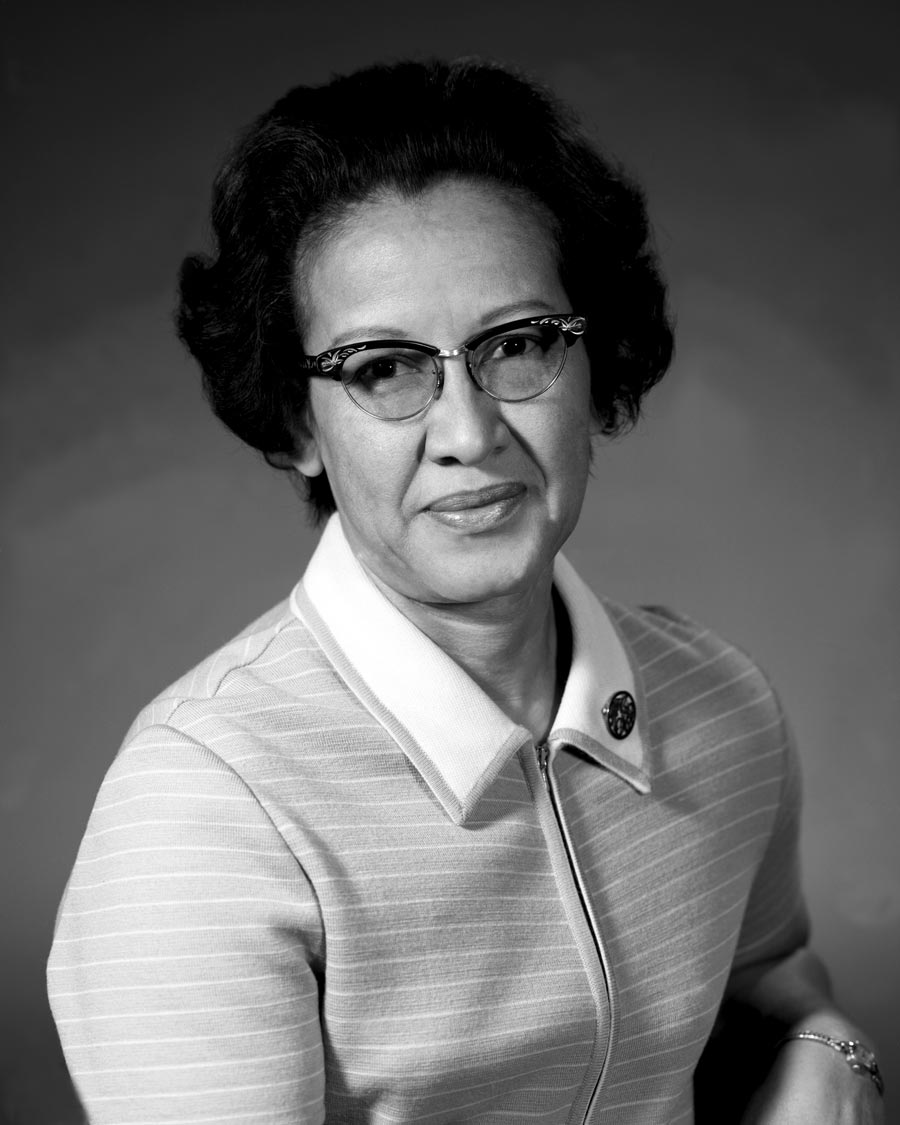
Katherine Goble Johnson
This inspiring film, directed by Theodore Melfi and written by Melfi and Allison Schroeder, based on the non-fiction book by Margaret Lee Shetterly, presents the story of three brilliant African-American women—Katherine Goble Johnson (Taraji P. Henson), Dorothy Vaughan (Octavia Spencer) and Mary Jackson (Janelle Monáe), who worked in professional positions at NASA behind one of the greatest endeavors in history: the 1962 launch of astronaut John Glenn into orbit, a dramatic achievement that profoundly affected the space race and the world.
In Hidden Figures, we learn that “computers” were originally people who computed—in this case, female mathematicians who worked in the segregated division of the Langley Research Center in Hampton, Virginia. We also learn something about the original IBM computer and the need for pioneers willing to learn its language to be able to program it. Both contribute to the calculations needed to support an astronaut making an orbit around the Earth.
Beyond a revisionist history lesson that reveals some astonishing feats in an era of blatant (and often unconscious) racism and sexism, the film offers great storytelling—history made palpable through the portrayal of three lives interwoven with monumental events—as well as stellar acting on the part of both black and white actors.
After the film, our group of ten engaged in some enlightening discourse, exploring our reactions and relating them to the world of equality and fairness we would all like to see in the future. I have since enjoyed further conversations about the film with students and colleagues, who all agree that it is well worth seeing.
Along with providing a great film experience, Hidden Figures also helps us wonder what else we might be missing about the past—or the present—in terms of appreciating human capacity and endeavor.


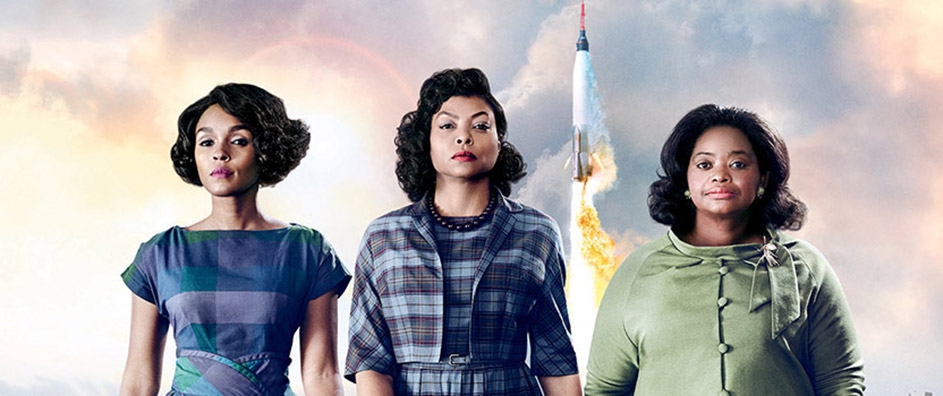
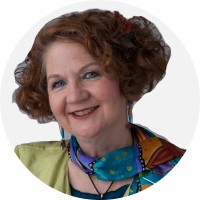
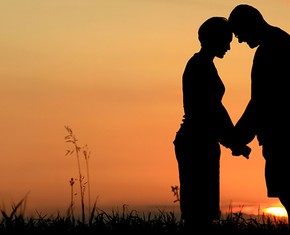


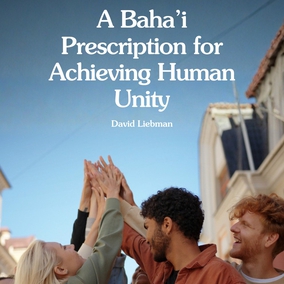
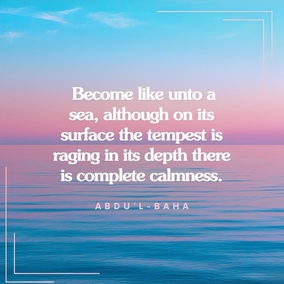
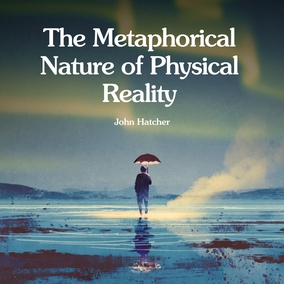
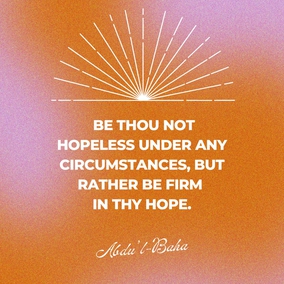
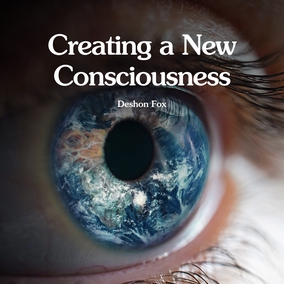


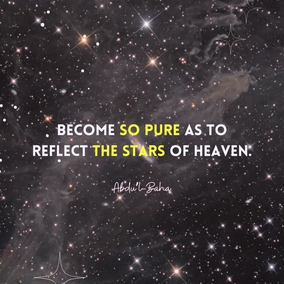

Comments
Sign in or create an account
Continue with Googleor